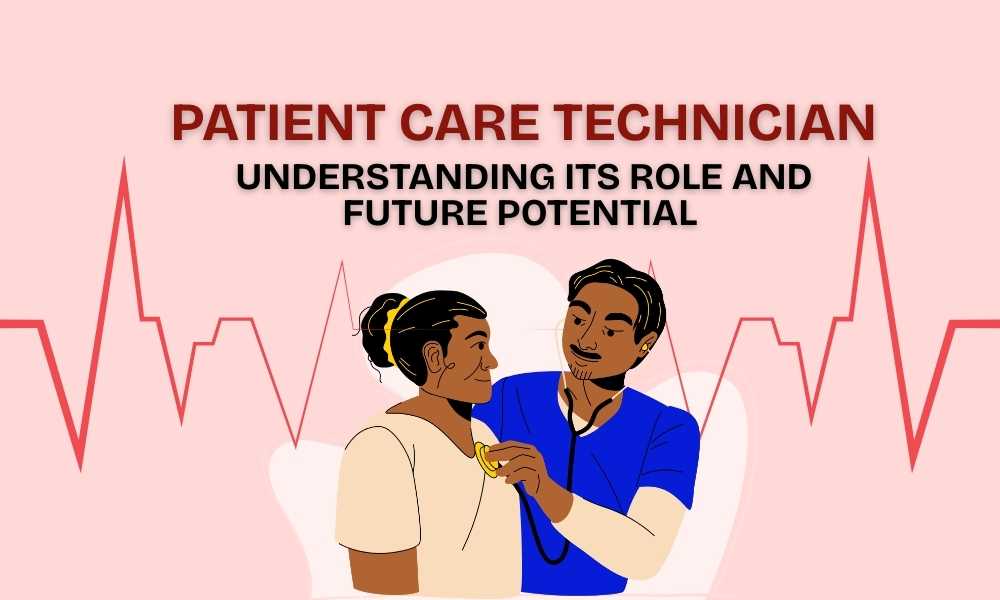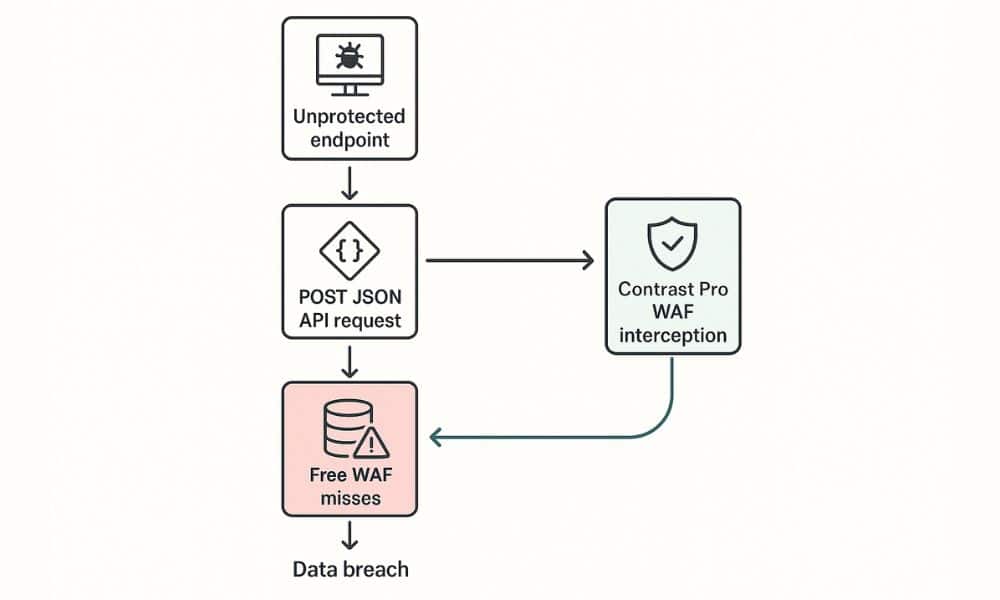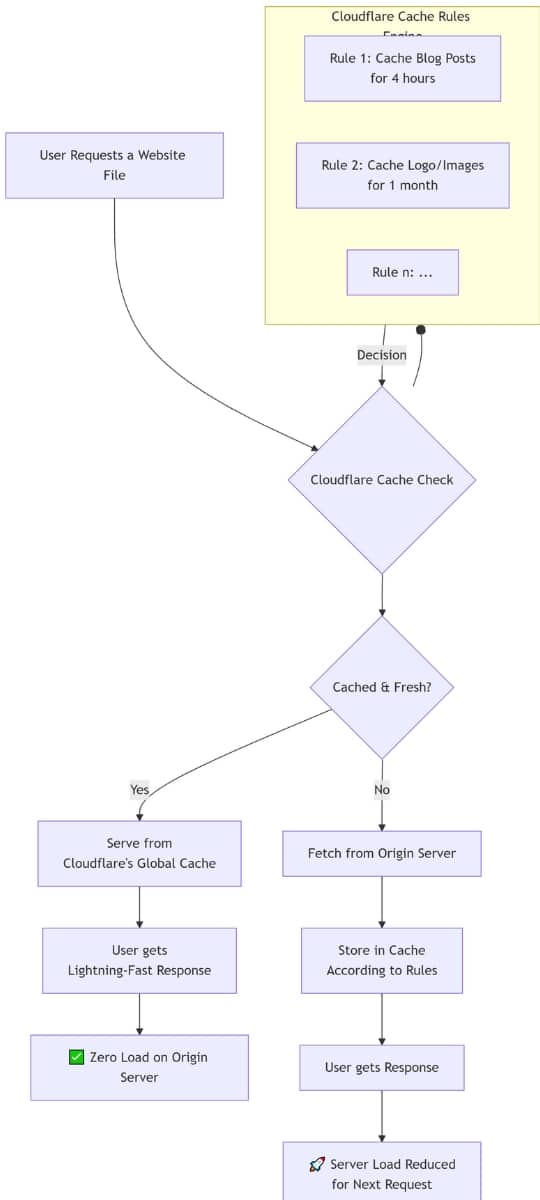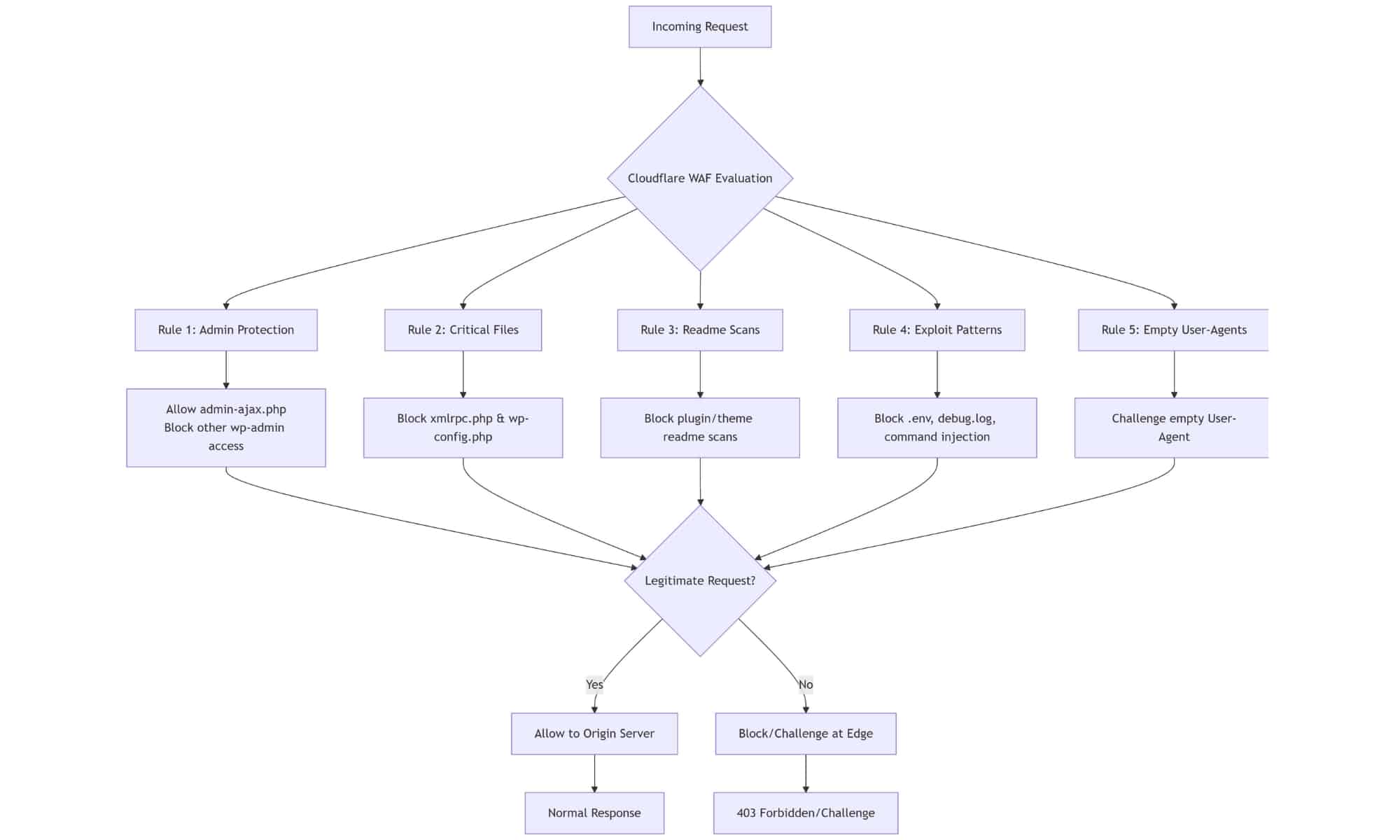
As healthcare facilities rapidly adopt new technology, the role of a Patient Care Technician (PCT) has never been more dynamic or essential. In today’s hospitals, clinics, and care centers, patient care technicians work side by side with nurses and doctors, supporting patient well-being and using a range of innovative digital tools. The journey to becoming a skilled PCT is about much more than learning bedside techniques; it’s about gaining confidence and competence with technology that’s reshaping patient care around the world.
Patient Care Technician is more than a job title—it’s a commitment to care, an opportunity to serve, and a path that opens doors to emerging healthcare technology. Have you ever wondered how PCTs keep pace with digital charting, smart medical devices, and telehealth programs while delivering compassionate support? Walking the halls of a hospital, you’ll find PCTs expertly juggling patient comfort and EHR software, disposable thermometers and Bluetooth-connected monitoring systems. It’s a role that constantly evolves, often requiring both heart and technical know-how. Being a patient care technician means you’re not just following orders; you’re learning, adapting, and making a difference with every shift.
The Evolving Role: Technologies at the Bedside

Gone are the days when a patient care technician’s tools were limited to a stethoscope, blood pressure cuff, and manual chart. Nearly every aspect of a PCT’s work now involves digital healthcare technology. You’re expected to master electronic health records (EHRs) from your first day on the job. Epic and Oracle Health (Cerner) systems dominate both hospitals and outpatient settings, powering everything from medication tracking to documenting daily activities.
For instance, updating EHRs isn’t just about typing numbers into a computer. A PCT must verify patient identities using barcoded wristbands, scan medications before administration, and recognise alerts for potential conflicts or missed doses. It’s like having a digital assistant watching your back, but only if you know how to listen.
How does technology help you deliver better and safer patient care? Imagine catching an allergy warning in the EHR moments before a medication is given. Or tracking changes in a patient’s vital signs using automated bedside monitors that instantly update charts. There’s a reason why clinics invest so much in training PCTs on these systems: Every second saved, and every error avoided, can matter to a patient’s outcome.
Point-of-Care Testing: Speeding Up Diagnostics
Have you ever had to wait hours for lab results in an emergency room? That’s changing, thanks to point-of-care testing (POCT) devices. Today’s PCTs operate compact blood analyzers, glucometers, and urinalysis machines right at the bedside. The U.S. POCT market alone grew by more than 8% per year.
A PCT working in a diabetes clinic, for example, may use a Bluetooth-enabled glucometer that transmits data straight to the patient’s EHR. The ability to run and interpret these rapid diagnostics means fewer delays, quicker medical decisions, and less frustration for patients. But it’s not plug-and-play—you’ve got to be trained to calibrate, troubleshoot, and maintain these devices.
Here’s an analogy: using a POCT device is like using your phone’s camera instead of mailing film to a lab. The skill isn’t just in pushing the button—it’s in knowing what to do when a result pops up, how to double-check for accuracy, and when to ask for help if something doesn’t add up.
Telehealth and Remote Monitoring: Caring From Afar
Telehealth has become central to patient support, especially after the surge that began during the COVID-19 pandemic and expanded into remote chronic care. As a patient care technician, you might help set up a patient’s tablet to connect with a provider in another city or monitor home-based devices that send vitals straight to the health center.
Let’s say a stroke patient is at home, equipped with a wireless blood pressure monitor and video conferencing tablet. The PCT trains the patient and family on device use, then tracks data from a remote dashboard. If something goes off, an alert goes straight to the care team—sometimes before the patient even feels symptoms.
Isn’t it incredible that technology allows you to catch problems before they become emergencies? And yet, the tech only works if you explain it well, build trust, and know how to troubleshoot when things go awry.
Mobile Health Apps and Digital Literacy
Would you believe that the average patient now uses at least one health app, whether it’s to track steps, check glucose, or remember medications? Patient care technicians are digital coaches as much as they are caregivers.
You might help an elderly patient install a medication reminder app, explain privacy settings, or set up alerts for prescriptions running low. Sometimes, you’re the one who notices bad data and helps fix an app mix-up that could affect care. It’s a new kind of bedside manner—one that combines patience with digital savvy.
Training for Modern PCTs: What to Expect
With so much technology in use, training for patient care technicians must be hands-on, up-to-date, and practical. Most programs now blend classic patient care skills—taking blood pressure, assisting with mobility—with full modules on EHR use, POCT device handling, and telehealth platforms.
Certificate programs are often completed in 6–12 months, combining online coursework and in-person labs. You’ll spend time not just on anatomy and infection control but also on software tutorials and practice with real-world scenarios. Associate degree programs add advanced courses in information management and digital literacy, plus extended clinical rotations where you’ll work alongside nurses and physicians using all the latest technology.
You can expect to be tested in simulations where you’re required to both comfort a patient and troubleshoot a malfunctioning wearable monitor. More facilities now require certified PCTs to complete annual tech training and assessments, ensuring you stay current with new releases and safety standards.
Real-World Skills: Stories from the Floor
During a recent shift, Rebecca, a newly-trained PCT, noticed that a patient’s wearable pulse oximeter was reporting data out of range. She checked the device, found a loose connection, and corrected it—preventing a cascade of unnecessary tests. On another occasion, Tom, a patient care technician in a cardiac unit, used a tablet to update daily reports for seven patients, saving hours of paperwork and reducing the risk of lost information.
Why are details like these important? Simply put, technology empowers PCTs to provide faster, safer, and smarter care—but only if they understand and embrace that technology.
Keeping Up With Change: Ongoing Education
Technology in healthcare evolves quickly. To stay effective, patient care technicians must continue their education, attending workshops, webinars, and in-service training. Many hospitals provide quarterly updates on new EHR features or changes in telehealth procedures. Some even partner with tech companies for early access and feedback programs.
Joining professional communities, such as the National Association of Health Care Assistants, can help you connect with resources, fellow technicians, and mentors. This network will support you as you adapt to upgrades and future innovations.
Conclusion
A career as a Patient Care Technician is defined by your ability to blend compassionate care and technology. With each new app, device, or software update, your job gets more challenging—and more rewarding. Whether you’re operating a rapid-testing device, teaching a patient to use a health app, or catching a critical alert before it becomes a crisis, you are the bridge between traditional care-giving and the digital world.
Embrace the training, stay curious, and remember: in this field, adaptability is just as valuable as empathy. Technology will keep evolving, but the central role of the patient care technician—making patients feel safe, respected, and well cared for—remains constant.
Check out: Reviewing The Best EMR Software for Ophthalmology
Source@techsaa: Read more at: Technology Week Blog


